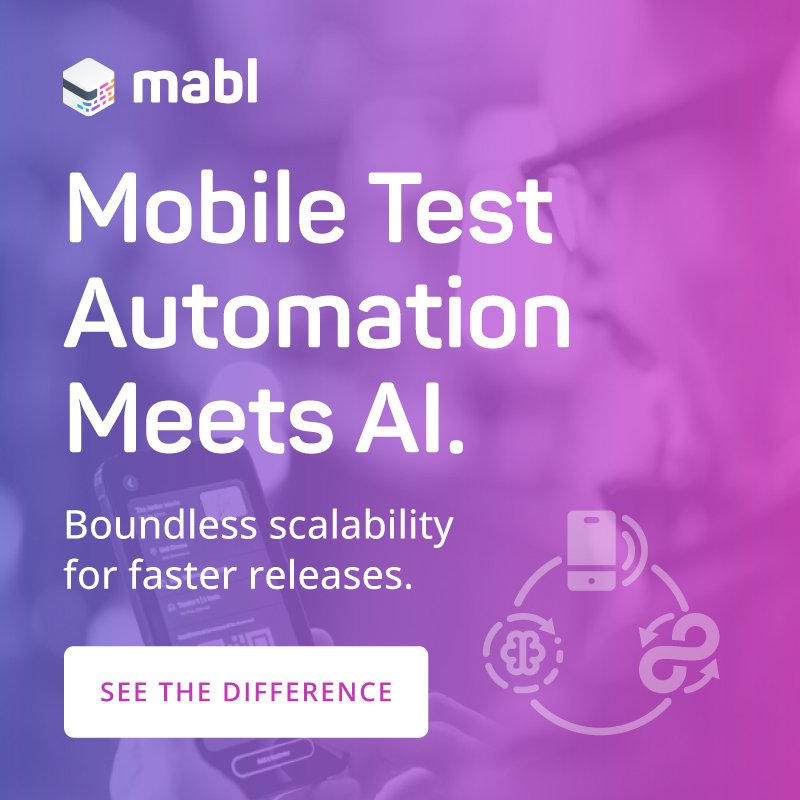Artificial intelligence in business needs Manageable AI
Thursday, May 30, 2019

|
Ramesh Mahalingam |
How implementing manageable AI is beneficial in today's enterprise where the use of artificial intelligence in business overal is growing.
Incorporating Artificial Intelligence (AI) into the enterprise today is as challenging as it is beneficial. The automation of machine learning and Natural Language Processing (NLP) can accelerate most workflows for greater business value, yet many organizations incur considerable delays during the implementation phase.
The problem is the enormity of resources and effort required to access these technologies with conventional approaches. Vendors typically ask for several years (if not decades) of data for costly, lengthy training periods for machine learning models with substantial recalibration time if requirements change. The complications of this change management are so severe that many organizations are both skeptical of, and ill-equipped for, this draining process.
The solution is manageable AI, which replaces the fuzzy logic of the preceding method with one that’s verifiable, vernacular, consumable, and secure. Manageable AI enables organizations to focus on the underlying business value of these technologies in reusable ways, instead of struggling to properly set them up.

The Four Pillars of Manageable AI
Manageable AI encapsulates AI’s respective components into a singular, codeless system powered by AI bots. The benefits of this approach not only include far less effort and resources than typical AI approaches do, but also the following four core characteristics:
- Verifiable: Manageable AI is inherently verifiable and accountable to all the same rules, policies, and scrutiny as other aspects of business processes—including employees. Manageable AI involves a critical feedback loop in which humans can analyze deterministic AI decisions and, if required, enable the AI system to learn from the human’s oversight. For instance, when using manageable AI for automotive insurance adjudication purposes, if someone sees AI is declining an inordinate percentage of claims, his or her feedback can be incorporated into the system so AI learns for improved verifiability of future results.
- Vernacular: One of the foundations of manageable AI is a granular understanding of the vernacular context of data prior to applying that data to workflows. This vernacular comprehension is attributed to machine learning and NLP; it’s indispensable for adhering to different elements of regulatory compliance or data governance. For instance, it’s important for regulations such as the General Data Protection Regulation and others to identify, protect, preserve, and dispose of personally identifiable information. With manageable AI, bots can understand how this information can be safeguarded or shared in relation to organizational policies, and even redacted if need be.
- Consumable: Perhaps the most definitive trait of manageable AI is that every aspect of these intelligent systems is a discreet, reusable component. It’s indispensable to compartmentalize the different aspects of AI empowered applications into individual pieces, which then transfer their results between components as dictated by workflows. Using the auto claims adjudication example again, instead of having some lengthy, monolithic AI system requiring exorbitant time periods to produce results, manageable AI would handle this process using individual bots for receiving claims, accepting the declarations, and issuing decisions.
- Secure: Manageable AI is fortified with security mechanisms to ensure AI systems don’t become rogue or self-serving. Imbuing such systems with a stateful network enables organizations to protect these systems for security and compliance issues. This framework functions as a guard rail for bots to go through to access resources, and includes security measures such as encryption, lifecycle management tools, and data storage controls.

Painless Implementation and Artificial intelligence in business
The crux of implementing manageable AI quickly and efficiently is to compile the system by assembling it—not building it from scratch by coding. Manageable AI systems provide a codeless environment for organizations to drag and drop and point and click various AI components for both use and reuse. This intuitive approach to building AI systems lets organizations move components and reuse them for different processes, services, and systems. The primary elements of manageable AI include respective layers for:
- User Experience: This outer or customer facing layer is facilitated by an omni-channel bot that receives information via text, chat, voice, etc., then transfers that information to a subsequent bot. In the insurance adjudication use case, this bot receives claims and routes them to the subsequent bot for declarations.
- Communication: The stateful network layer is instrumental for preserving the sessions and context of inter-bot communication while also underpinning security and compliance features.
- External Gateway: This layer accesses a network of cloud applications and services for near limitless functionality. It reinforces the trend in which next generation application building isn’t predicated on code, but on using cloud services in which applications already exist.
AI Manageability
Typical vendor AI solutions are daunting and arduous to implement. Replacing this paradigm with manageable AI predicated on codeless application building makes these technologies infinitely more accessible to the enterprise. This method transforms AI from a fuzzy process to a clearly defined, reusable one that reduces efforts and human involvement while streamlining time to insight.
This content is made possible by a guest author, or sponsor; it is not written by and does not necessarily reflect the views of App Developer Magazine's editorial staff.

Become a subscriber of App Developer Magazine for just $5.99 a month and take advantage of all these perks.
MEMBERS GET ACCESS TO
- - Exclusive content from leaders in the industry
- - Q&A articles from industry leaders
- - Tips and tricks from the most successful developers weekly
- - Monthly issues, including all 90+ back-issues since 2012
- - Event discounts and early-bird signups
- - Gain insight from top achievers in the app store
- - Learn what tools to use, what SDK's to use, and more
Subscribe here














